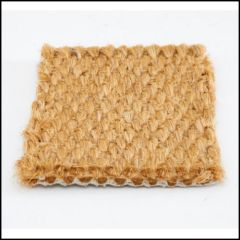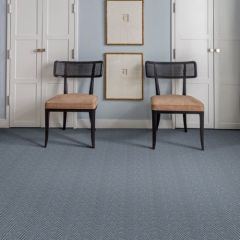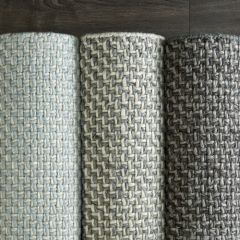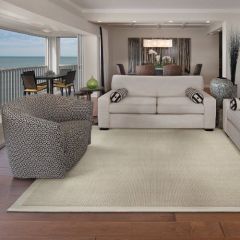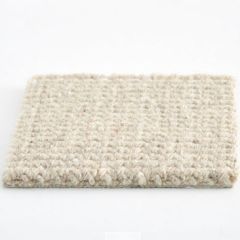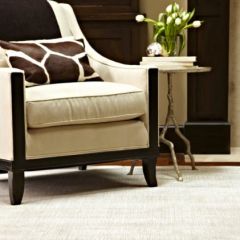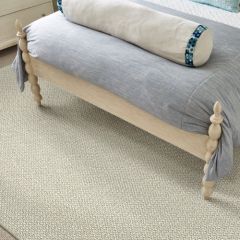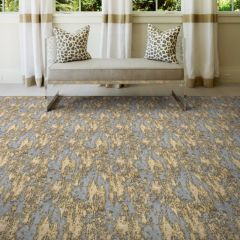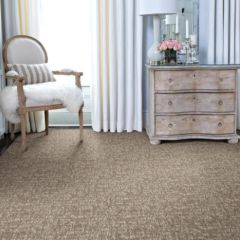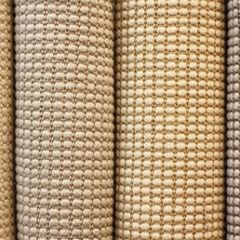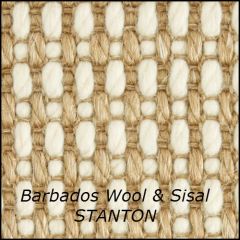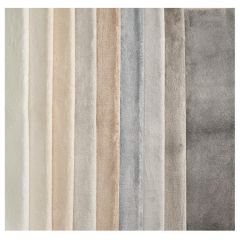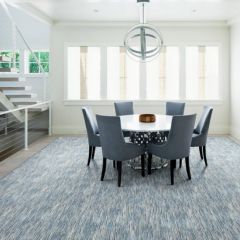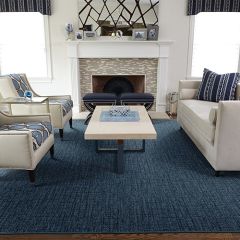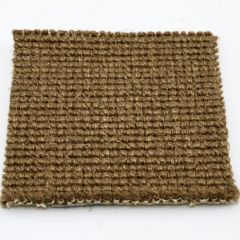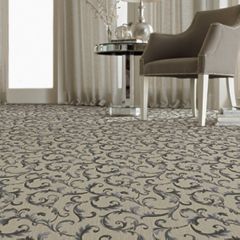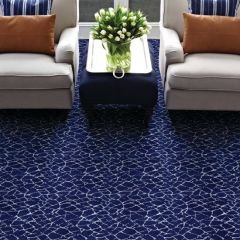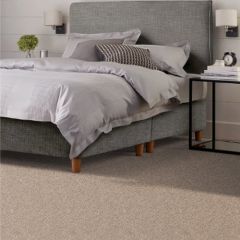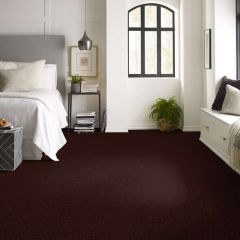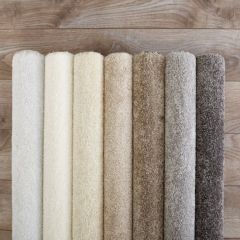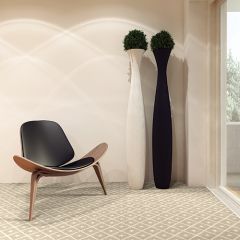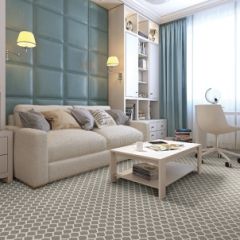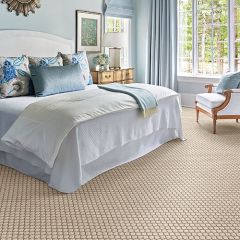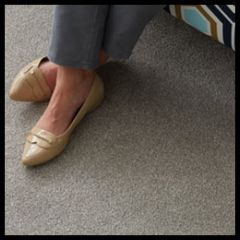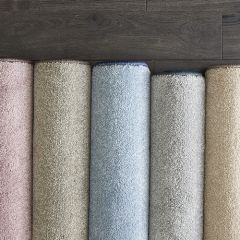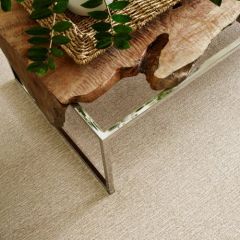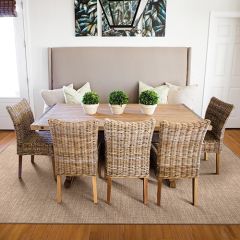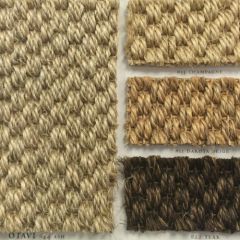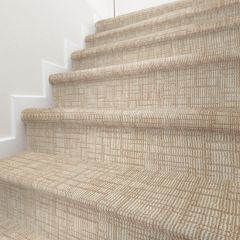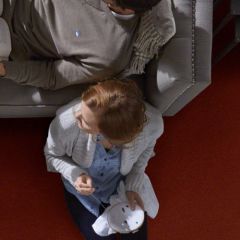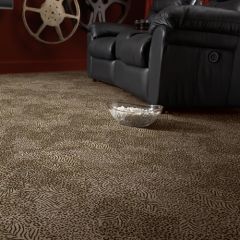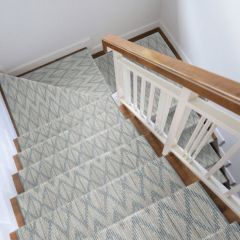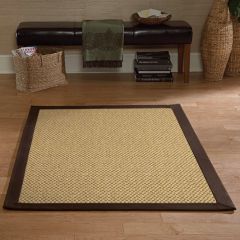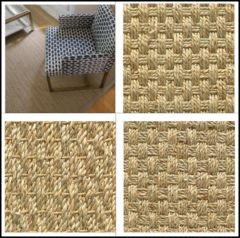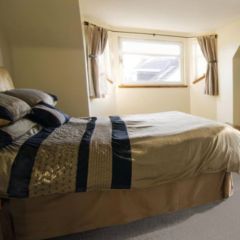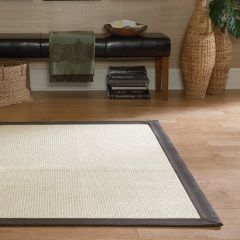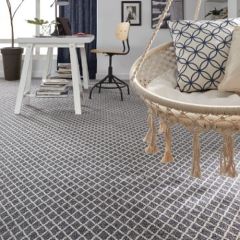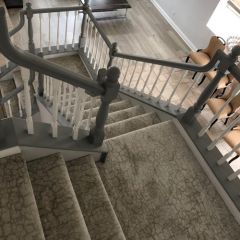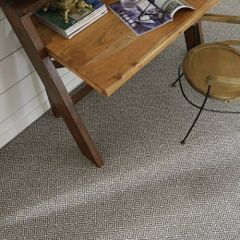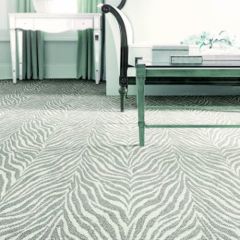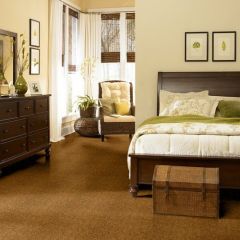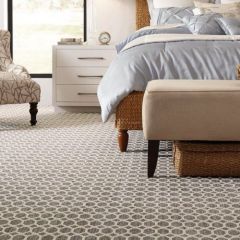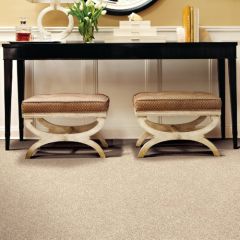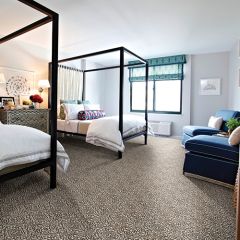Residential Carpet
Wall to Wall Carpets Los Angeles
Wall-to-Wall Carpets also called Broadloom Carpet, Fitted Carpet or Carpeting is a carpet woven consisting of a piece of thick heavy fabric on a very wide loom to eliminate the need for seams. They have a distinct and obvious advantage when used to create area carpeting in large rooms, as they can be installed without creating seams. Seamless carpet of any weave, woven on a wide loom, usually 6 to 18 ft (1.8 to 5.5 m) wide.
Construction materials for Wall-to-Wall Carpets or Broadloom Carpets vary. It is possible to find natural materials like wool, horsehair, and sisal, typically for a moderate price, along with synthetics like nylon and polyester and etc. Some synthetic broadlooms are designed to be static and fire resistant (flammability) to meet regional building codes, either with the use of chemical treatments (protective treatments) or specialty fibers. The primary backing of a broadloom carpet like Jute or action back tends to be extremely durable, so that the carpet can withstand hard use.
When a broadloom carpet is installed as Wall-to-Wall carpeting or area carpeting A firm and resilient carpet cushion also called carpet padding or under-pad, is necessary to form a good foundation for your carpet, increasing its comfort and extending its life, by absorbing the impact of foot traffic. Underpad also adds insulation and reduces noise and also protects the carpet from condensation. Pad thicknesses vary, from relatively thin to extremely plush, and they affect the overall look and feel of the carpet once it is installed.
Wall-to-Wall Carpet is typically nailed in place with carpet tacks or staples once it has been cut to size. The introduction of 'smoothedge' also known as 'tackless strips' or 'gripper strip' simplified the installation of wall-to-wall carpeting over carpet padding, increasing the neatness of the finish at the wall. Because tackless strips are essentially the same thickness as carpet, using tackless strips yields a level edge, whereas tacking gives an uneven edge.
Tackless strip is a 4' X 1" strip of wood beveled on one edge with many small tacks protruding through from the bottom. Tackless does not refer to the object itself, but to its ability to hold a carpet in place without tacks through the carpet. It is placed around the perimeter of the area to be carpeted, with the beveled edge side nearest the wall and held in place with nails. The carpet fits over it (held on the tacks) and is wedged into the narrow gully left between the wall and beveled side giving a smooth edge. Tackless strips allow stretching of the carpet during installation, greatly improving the appearance of the installation. Stretching can be performed with the use of a power stretcher or a manual knee-kicker.
Gluing Wall-to-Wall Carpet is simpler as the carpet is cut to the wall by the fitter and glued directly to floor or glued to the carpet padding (double stick method of installation).

